Sweden’s neutrality during World War II is a complex and fascinating aspect of the country’s history. The Stockholm Old Town Walking Tour and the Army Museum offer visitors an immersive glimpse into this pivotal era, exploring the political debates, military sacrifices, and the heroic actions of individuals like Raoul Wallenberg. Through interactive exhibits, historical artifacts, and guided explorations of significant sites, these experiences provide a comprehensive understanding of Sweden’s delicate balancing act between independence and economic concessions during the tumultuous years of the war. Prepare to be captivated by the stories that unfold as you explore this profound chapter of Sweden’s past.
Key Points
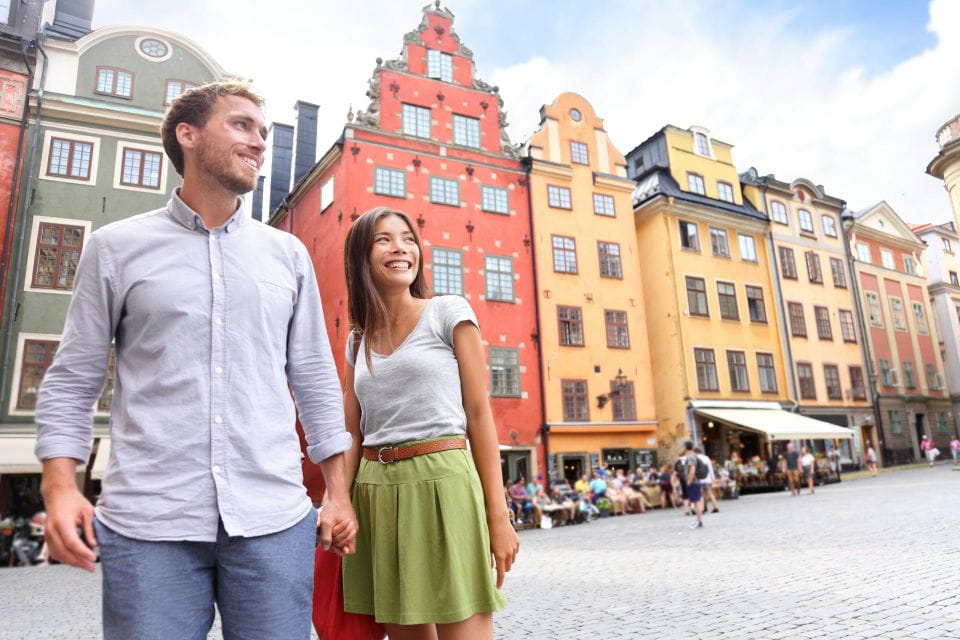
• Explore the historic sites of Stockholm’s Old Town, including the Royal Palace and Parliament House, to understand Sweden’s complex neutrality during WWII.
• Visit the Army Museum’s extensive collection of WWII artifacts, documents, and exhibits to learn about Sweden’s military history and its role in the conflict.
• Discover the remarkable story of Raoul Wallenberg, a Swedish diplomat who used his diplomatic passes to save thousands of Jewish refugees from deportation.
• Gain insights into the heated domestic political debates and shifting alliances that shaped Sweden’s delicate balancing act between neutrality and economic management during the war.
• Understand how Sweden’s wartime experience laid the foundation for its future as a progressive, globally-engaged nation through its social welfare policies and international humanitarian efforts.
Exploring Sweden’s Neutrality in WWII

Sweden’s neutrality during World War II was a complex and nuanced stance, evolving over the course of the conflict as the nation navigated the treacherous geopolitical landscape of wartime Europe.
Initially, Sweden sought to maintain strict neutrality, refusing to take sides in the war. However, as the conflict intensified, Sweden’s position became increasingly precarious, with the country forced to make difficult concessions to maintain its independence.
Visitors on the walking tour will learn how Sweden’s neutral stance allowed it to serve as a safe haven for refugees, while also preserving critical trade relationships. Yet, the tour also explores the moral dilemmas Sweden faced, and how its neutrality was sometimes perceived as complicity by the Allies.
If you're enjoying exploring Stockholm on foot, you'll love these other walking tours we recommend
Impact on Swedish Domestic Politics

World War II Stockholm Old Town Walking Tour and Army Museum
While Sweden’s neutral stance during WWII allowed it to serve as a safe haven for refugees, it also had a profound impact on the country’s domestic politics.
Navigating the complex geopolitical landscape of wartime Europe, Sweden was forced to make difficult decisions that would shape the trajectory of its internal affairs for years to come.
The government’s balancing act between maintaining neutrality and managing the economic fallout of the war led to heated debates and shifting alliances within the political sphere.
This period saw the rise of influential figures and the reshaping of Sweden’s social welfare system, laying the groundwork for the country’s future as a progressive, globally-engaged nation.
Raoul Wallenberg’s Heroic Efforts
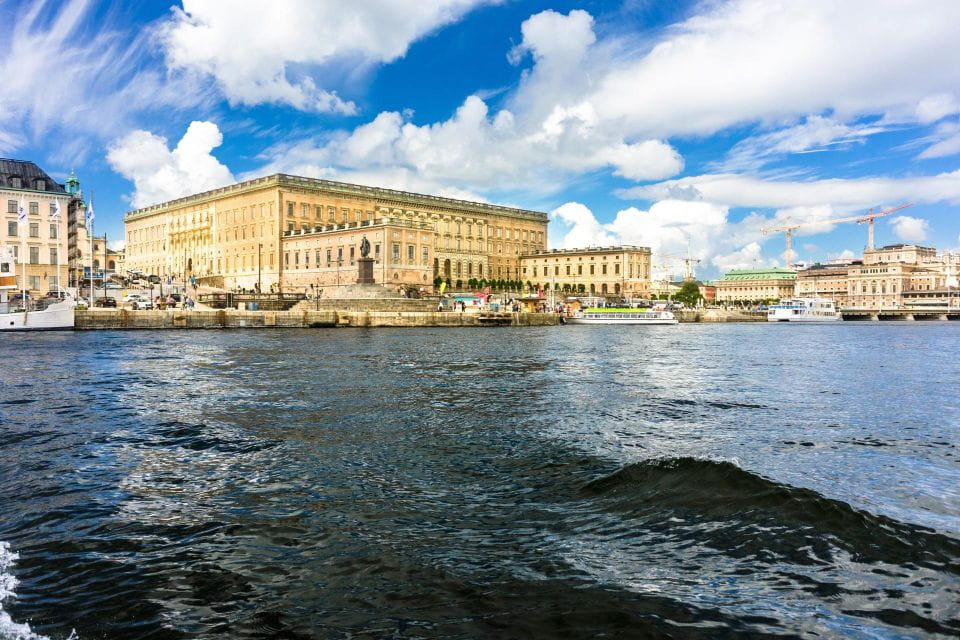
One of the most remarkable stories to emerge from Sweden’s WWII experience was Raoul Wallenberg’s heroic efforts to save Jewish refugees from the horrors of the Holocaust.
As a Swedish diplomat stationed in Budapest, Wallenberg risked his own life to issue thousands of protective passports and shelter countless individuals from Nazi persecution.
Visitors on the 3-hour tour can learn more about Wallenberg’s courageous actions, including:
- How he used his position to establish a network of safe houses and distribute Swedish diplomatic passes to Jews facing deportation.
- The estimated 20,000-30,000 lives he saved through his tireless work.
- His eventual arrest by Soviet forces, with his ultimate fate remaining a mystery.
- The international recognition he received, including being named Righteous Among the Nations by Yad Vashem.
Monuments and Historical Sites Visited
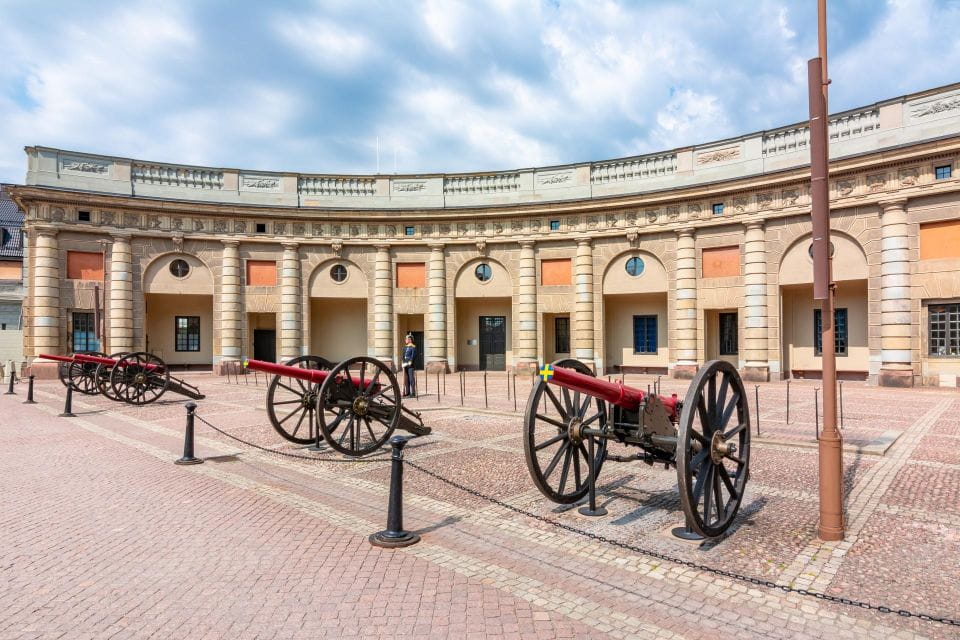
Throughout the walking tour, visitors explore a range of historically significant sites across Stockholm’s Old Town that offer insight into Sweden’s wartime experience.
They’ll encounter war memorials commemorating Swedish sacrifices, view the stately Royal Palace where the King resided, and pass by the imposing Parliament House where crucial decisions regarding the country’s neutrality were debated.
The tour also includes a visit to the Army Museum, which houses an extensive collection of historical documents, military uniforms, weapons, and trophies. Visitors can enjoy over 500 years of Swedish military history and learn more about Raoul Wallenberg‘s heroic efforts to save Jewish refugees during the war.
Visiting the Army Museum
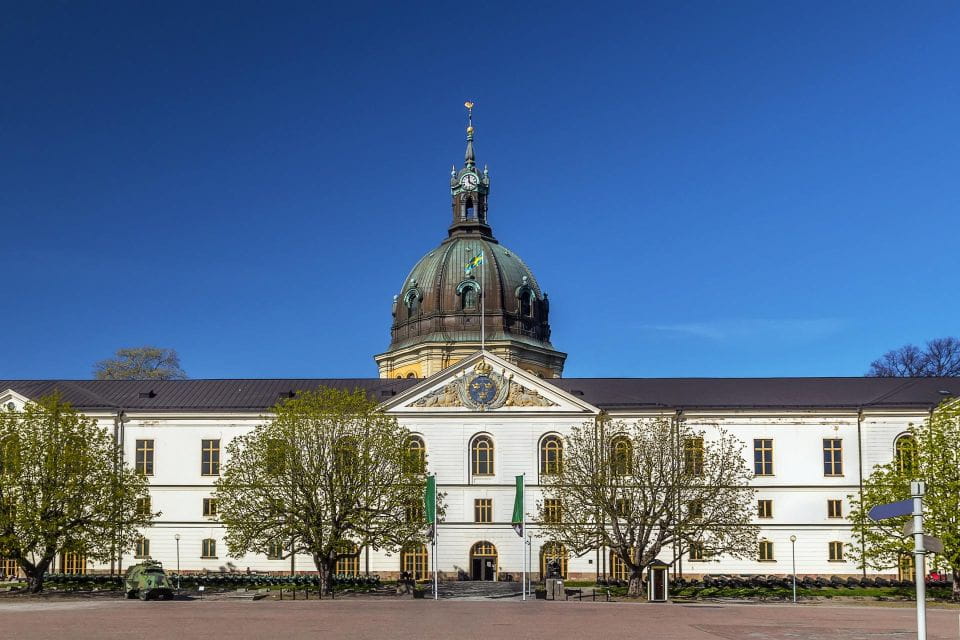
Visitors exploring the 3-hour tour option have the chance to explore the Army Museum’s extensive collection, which showcases over 500 years of Sweden’s military history through an array of captivating exhibits.
The museum’s dedicated exhibition about Raoul Wallenberg provides a powerful look at his heroic efforts to save Jewish refugees during WWII.
Other highlights include:
- Historical documents, military uniforms, and weapons that bring Sweden’s military past to life
- Trophies and artifacts that tell the stories of pivotal battles and campaigns
- Immersive displays that immerse visitors in the sights and sounds of Sweden’s military heritage
- The chance to gain a deeper understanding of Sweden’s role in WWII and its evolving stance of neutrality.
Ready for more culture? More museums we feature in Stockholm
- Stockholm Old Town and the Vasa Museum, a Small Group Walking Tour.
- Stockholm: Old Town & Vasa Museum Skip-the-Line Private Tour
- Stockholm: Entry Ticket to Junibacken Childrens Museum
- Swedish History Museum, Vasa Museum, Stockholm Tour, Tickets
- Entrance Ticket to the Viking Museum
- Vasa Museum Guided Tour, Including Entry Ticket
Military History Exhibits
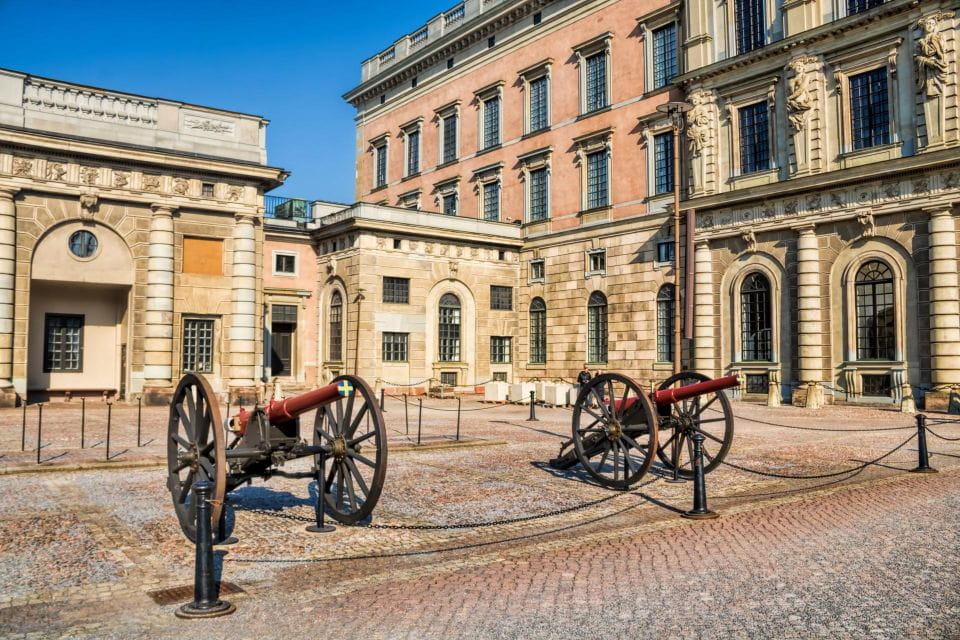
The Army Museum’s impressive collection of historical documents, military uniforms, and weapons brings Sweden’s rich military heritage to life, offering visitors a captivating glimpse into the nation’s pivotal battles and campaigns over the past 500 years.
Dedicated exhibitions explore Sweden’s involvement in World War II, including the remarkable story of Raoul Wallenberg’s efforts to save Jewish refugees. Guests can examine historical artifacts, such as vintage firearms and war medals, and learn about the evolution of Swedish military tactics and technology.
The museum’s comprehensive displays provide a deeper understanding of the country’s defense strategies and the sacrifices made by its armed forces, making it an essential stop for anyone interested in Sweden’s military history.
Raoul Wallenberg Exhibition
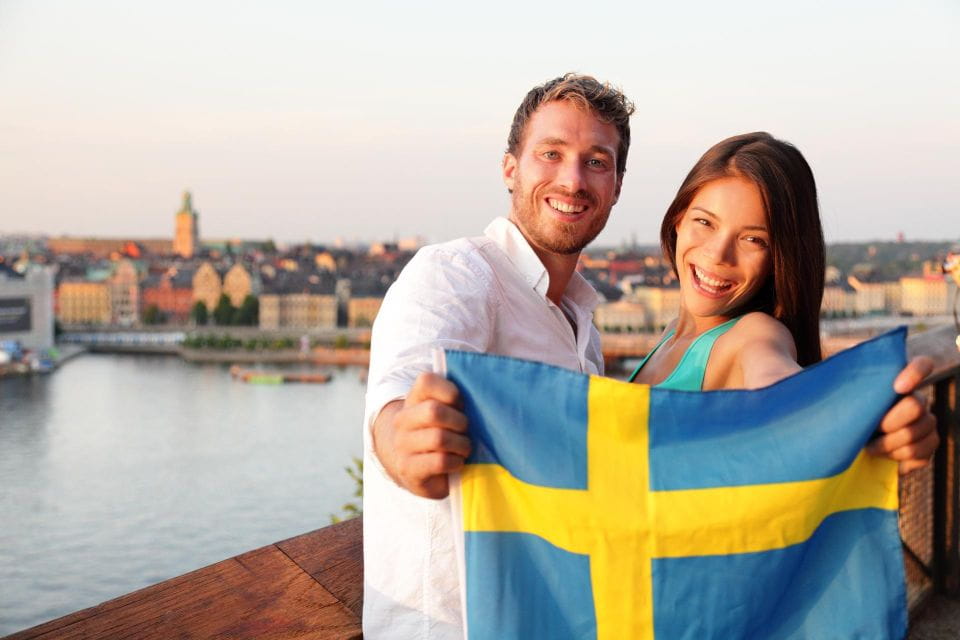
The Raoul Wallenberg exhibition at the Army Museum shines a spotlight on the remarkable efforts of this Swedish diplomat who saved tens of thousands of Hungarian Jews from the Holocaust during World War II.
Visitors can explore the riveting story of Wallenberg’s bold and daring actions, which ultimately led to his own tragic disappearance and imprisonment by the Soviet authorities. Through historical documents, photographs, and interactive displays, the exhibition brings to life Wallenberg’s extraordinary courage and humanitarian spirit, serving as a poignant testament to the power of one individual to make a profound difference in the face of unimaginable evil.
The exhibition highlights:
- Wallenberg’s ingenious use of Swedish diplomatic passports to protect Jews from deportation.
- His network of safe houses and food distribution centers that sheltered thousands.
- The harrowing accounts of those he saved, whose lives were transformed by his selfless actions.
- The enduring mystery surrounding Wallenberg’s fate after his arrest by the Soviets in 1945.
Tour Logistics and Accessibility
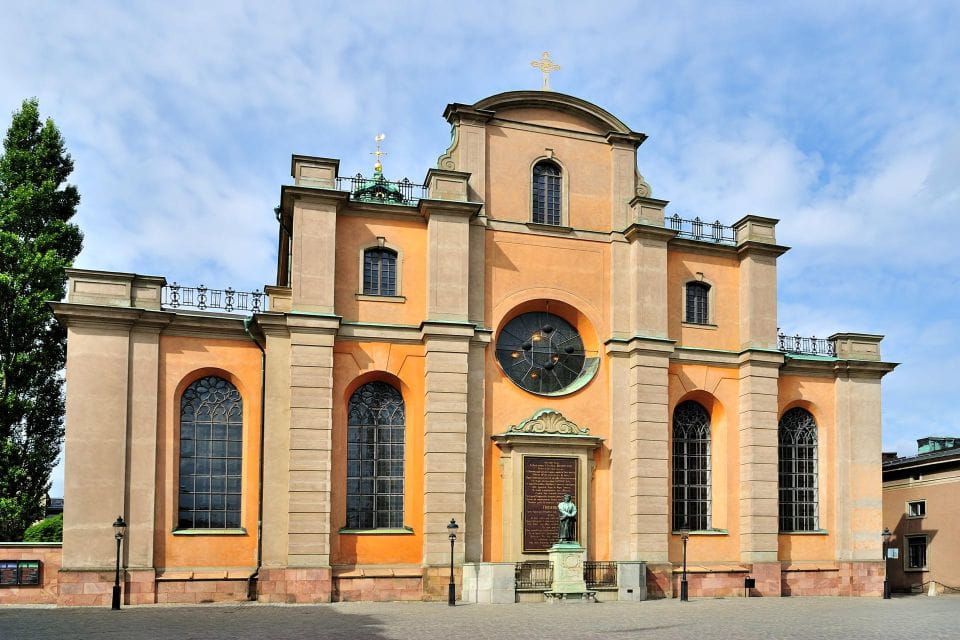
Along With exploring the poignant Raoul Wallenberg exhibition, the tour also ensures accessibility and convenience for participants.
The private, licensed guide fluent in your chosen language will meet you at the Lars Johan Hierta Monument, providing a centrally located and easily identifiable starting point for the 2-3 hour walking tour of Stockholm’s historic Old Town.
Whether you opt for the standard tour or the extended 3-hour version with a visit to the Army Museum, you’ll enjoy a wheelchair-accessible experience exploring Sweden’s role in World War II.
The museum’s impressive collection of historical documents, uniforms, weapons, and trophies provides deeper insights into the nation’s military history and Wallenberg’s heroic efforts to save Jewish refugees.
Frequently Asked Questions
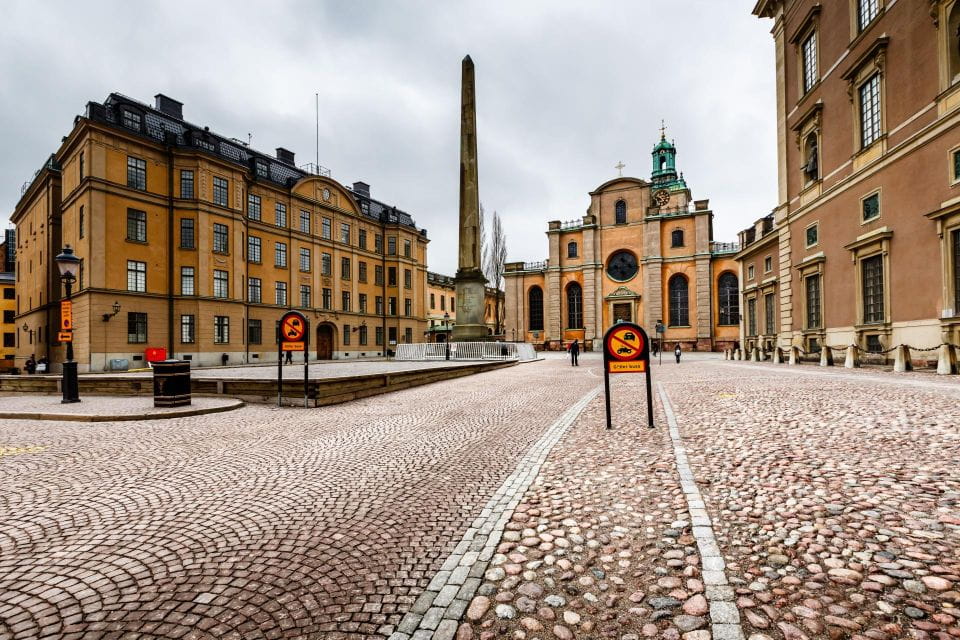
What Is the Size of the Tour Group?
The tour is a private walking experience, so the size of the group is limited to just you and your companions. This allows for a more personalized and engaging exploration of the historical sites.
Can Participants Take Photographs During the Tour?
Participants are typically allowed to take photographs during the walking tour, capturing the historical sites and learning about the past. However, they should be mindful and respectful, avoiding disrupting the tour or other guests.
Are There Any Age Restrictions for the Tour?
There are no age restrictions for the tour. Participants of all ages are welcome to join the walking tour and explore Stockholm’s Old Town. The tour is suitable for families, providing an engaging historical experience for all.
Can the Tour Be Customized to Individual Interests?
The tour can be customized to individual interests. The private guide is fluent in multiple languages and can tailor the experience to focus on the aspects that most intrigue each traveler, ensuring a personalized and engaging exploration.
Are There Any Discounts Available for Students or Seniors?
Yes, the tour company offers discounts for students and seniors. Guests can inquire about these special rates when booking their tour, which can provide savings on the overall tour cost.
Recap
The Stockholm Old Town Walking Tour and Army Museum provide an immersive experience into Sweden’s complex wartime history.
Visitors can explore the country’s delicate balance of neutrality, trace Raoul Wallenberg’s heroic actions, and discover military artifacts that tell the story of Sweden’s wartime sacrifices.
Through interactive exhibits and historical documents, the tour and museum offer a comprehensive understanding of Sweden’s role during the tumultuous years of World War II.
More Walking Tours in Stockholm
- Stockholm: Södermalm Walking Tour with Katarinaberget Views
- Stockholm: Old Town Guided Walking Tour (English / Deutsch)
- Stockholm: Old Town Walking Tour and Hop-on Hop-off Bus Tour
- Stockholm: Archipelago Guided Boat & Walking Tour of Vaxholm
- Stockholm: 2-Hour Walking Tour + 2.5-Hour Archipelago Cruise
- Stockholm: Old Town Historical Walking Tour
More Tours in Stockholm
- Stockholm: Private Highlights and Hidden Gems Tour
- Stockholm Icons: Old Town & Riddarholmen Private Guided Tour
- Stockholm: Vasa Museum Tour with Entry Ticket & Guide
- Stockholm: Royal Bridges & Canal Boat Tour with Audio Guide
- Stockholm: Sunset Kayak Tour in the City + Swedish Fika
- Stockholm: Royal & Classic History Walking Tour with Fika
More Tour Reviews in Stockholm
Not for you? Here's more things to do in Stockholm we have recnetly reviewed
- Stockholm: Old Town & City Guided Walking Tour
- Stockholm : Old Town private Walking Tour with a guide
- Stockholm: Midsummer Archipelago Boat Tour Live Guide DE/EN
- Stockholm: Winter Kayaking Tour through the City Centre
- Stockholm: Old Town Walking Tour, stories and secrets
- Stockholm: Södermalm Allotment Gardens & Parks Walking Tour
- Stockholm: All-You-Can-Eat Shrimp/Tacos Cruise & Live Music
- Stockholm: Legends & Landmarks City Hall & Old Town Tour
- Turkish-Guided Tours in Stockholm
- Stockholm: City Tour and Viking Sigtuna by private Car
- Stockholm Photoshoot Tour
- Stockholm Jogging Tour
